Better Airport®
– the world’s leading connected operations platform for airport operators
Take decisions with confidence and clarity and transform the passenger experience. There is a Better place.

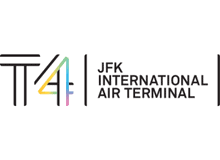
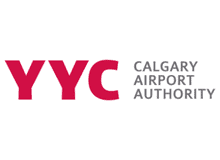



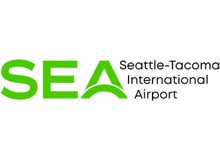



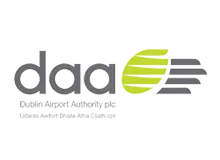
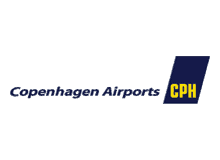




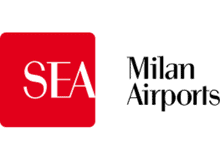
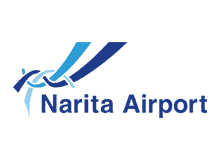
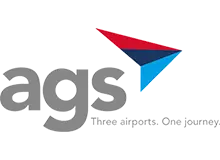
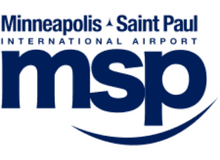




Better Airport® - the world's leading connected operations platform for airport operators
Imagine one tool that connects operations, analysis and planning. And then helps you get better at everything. This is Better Airport – the world’s leading connected operations platform for airport operators.
At its core, Better Airport is a cloud-based, (SaaS) platform that gives airports of all sizes a simpler, easier, and more efficient way to run core operations including check-in, baggage, security, stand & gate, and immigration. Where once those operations were conducted in silos, Better Airport connects them and let’s your data flow – spanning from strategic guidance to real-time operation.
How airports globally have used Better Airport to optimize operations
Manchester airport
Hannover Airport
BER Express
Seattle Spot Saver

Virtual Queuing - where you're in control of the passenger arrival curve
With Virtual Queuing, passengers book times at check-in, security, and passport control, significantly reducing physical queuing and helping you stay on top of demand.
Airport Operations Consultancy
As well as developing the world’s leading airport operations SaaS platform, we provide bespoke consultancy services to many of the world’s leading airports.
Plan with clarity and confidence while optimizing your daily operations.
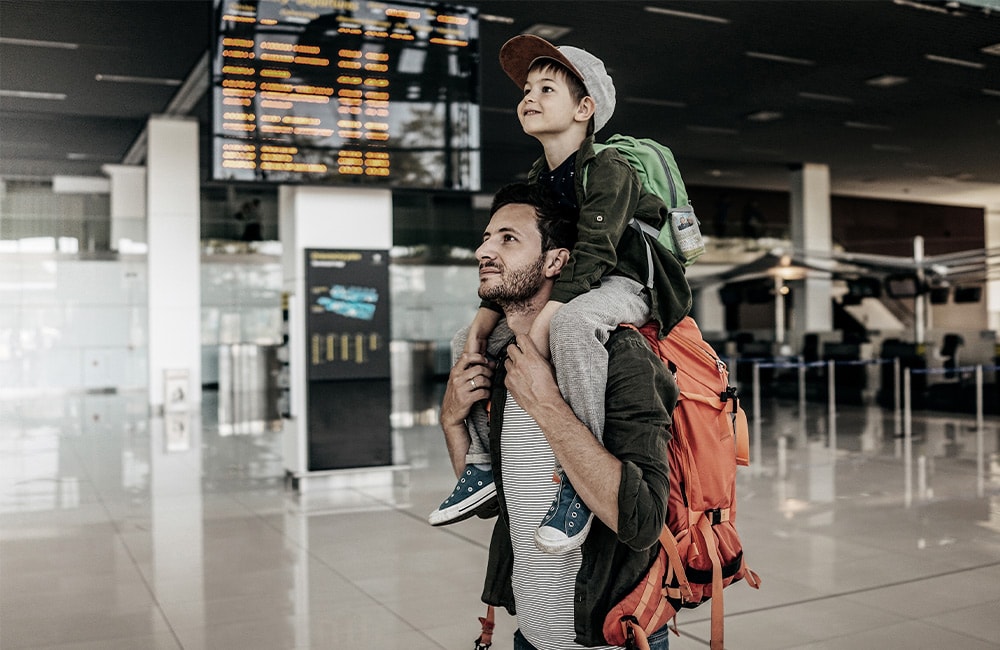

Copenhagen Optimization's leadership and staff stepped into spaces many contractors would avoid. They expertly navigated internal alignment challenges and performance challenges with other project contractors. A very challenging project that was kept on tract and successfully delivered because of Copenhagen Optimization. They are filling a void in the airport industry with world-class products and services.
Joseph (Joe) Hennessy Director, Integrated OperationsVisit us



Copenhagen, Denmark
Headquarter
Phone
+45 30914679
Boston, US
North American office
Phone
+1 857.364.9616
London based clients:
- London Heathrow
- London Stansted
- London Gatwick
- London Luton
Manchester Airport
Hannover Airport
Seattle-Tacoma International Airport
Calgary International Airport
Berlin Airport
AGS Airport
Changi Airport Group
Edmonton International Airport
Geneva Airport
Toronto Pearson International Airport
Dublin Airport
JFK International Airport
Vancouver International Airport
Montréal-Pierre Elliott Trudeau International Airport
Edinburgh Airport
Bologna Airport
Milan Airports
Narita Airport
Minneapolis - Saint Paul International Airport
Phoenix International Airport
GardaWorld
Amsterdam Airport
Birmingham Airport
Charleston International Airport
Denver Airport
East Midlands Airport
Roma Fiumicino Airport
Frankfurt Airport
Los Angeles Airport
Orlando International Airport
Miami International Airport
Sydney Airport
Halifax Airport
Kelowna Airport
Copenhagen Airport
Newark Liberty International Airport
Connected Operations: Connect every process - from curb to gate
Forecast accurately
Precisely predict your passenger and baggage flows with machine learning.
Execute confidently
Optimize your operations in real-time on a common operating platform.




Copenhagen Optimization's leadership and staff stepped into spaces many contractors would avoid. They expertly navigated internal alignment challenges and performance challenges with other project contractors. A very challenging project that was kept on tract and successfully delivered because of Copenhagen Optimization. They are filling a void in the airport industry with world-class products and services.
Joseph (Joe) Hennessy Director, Integrated Operations